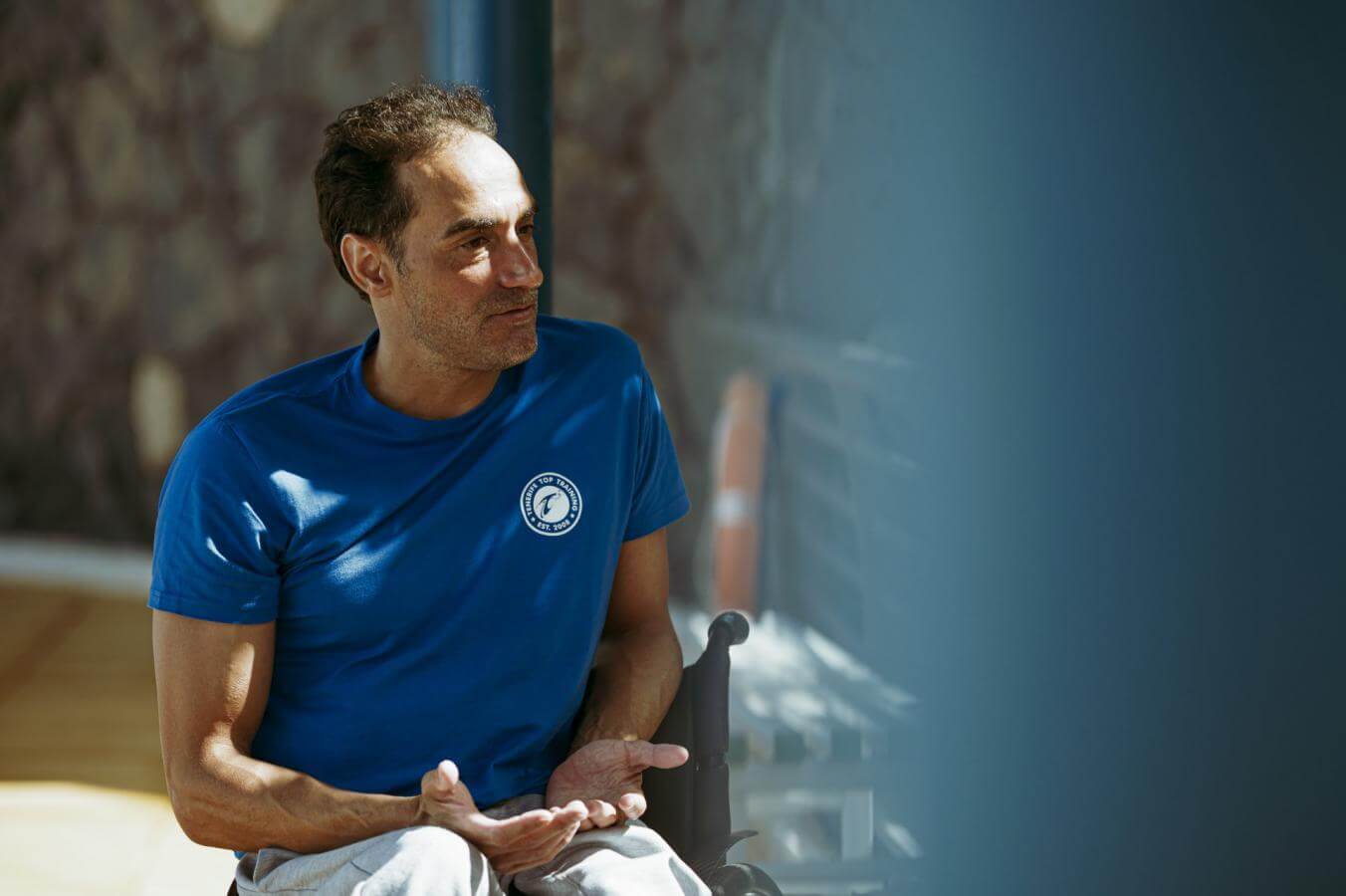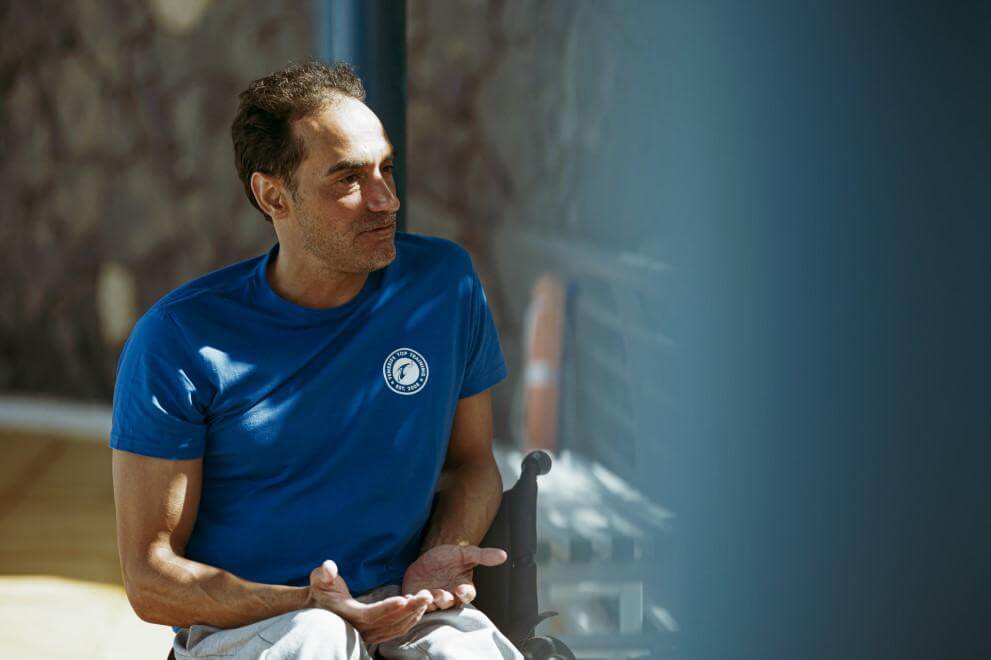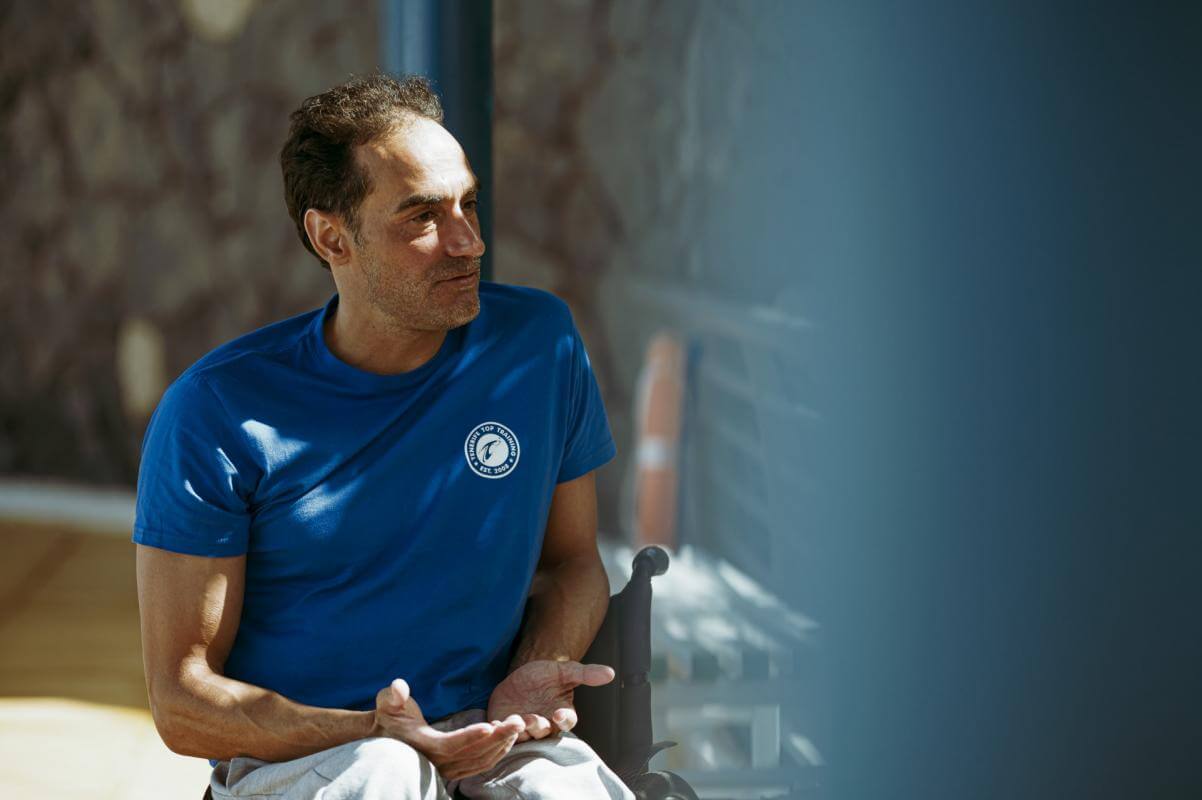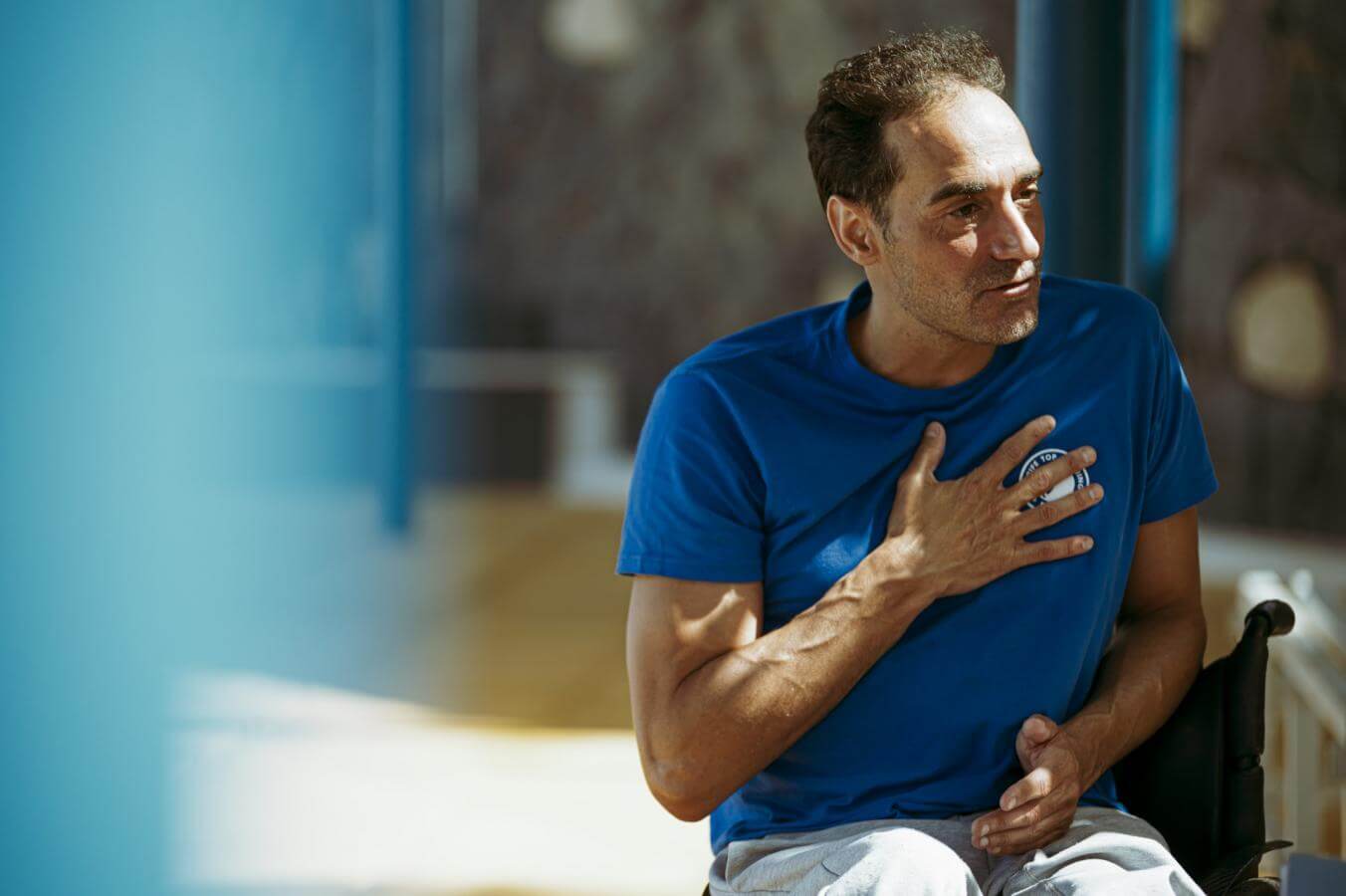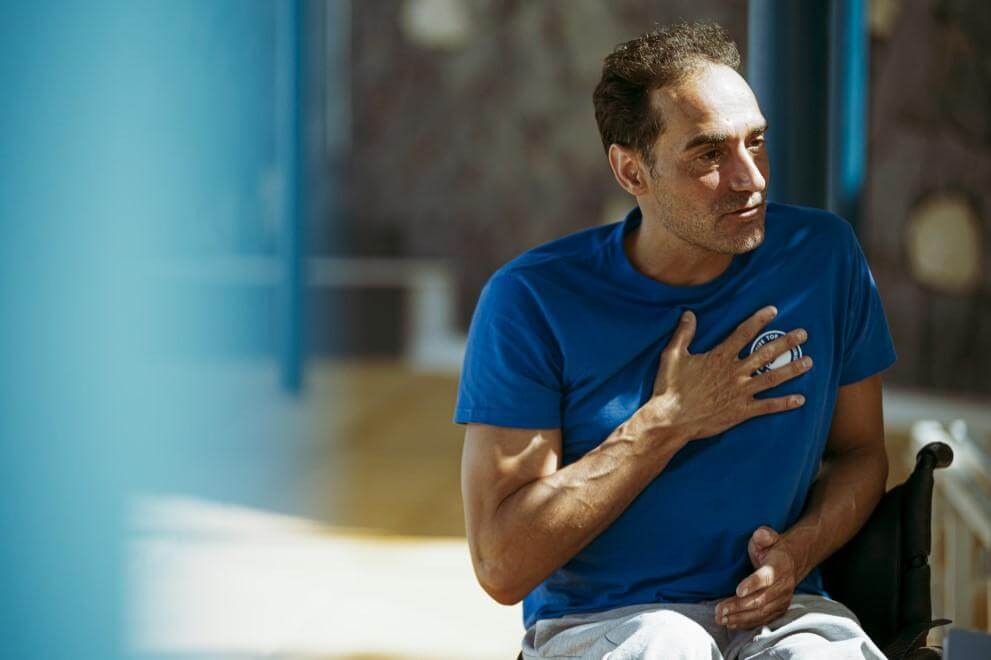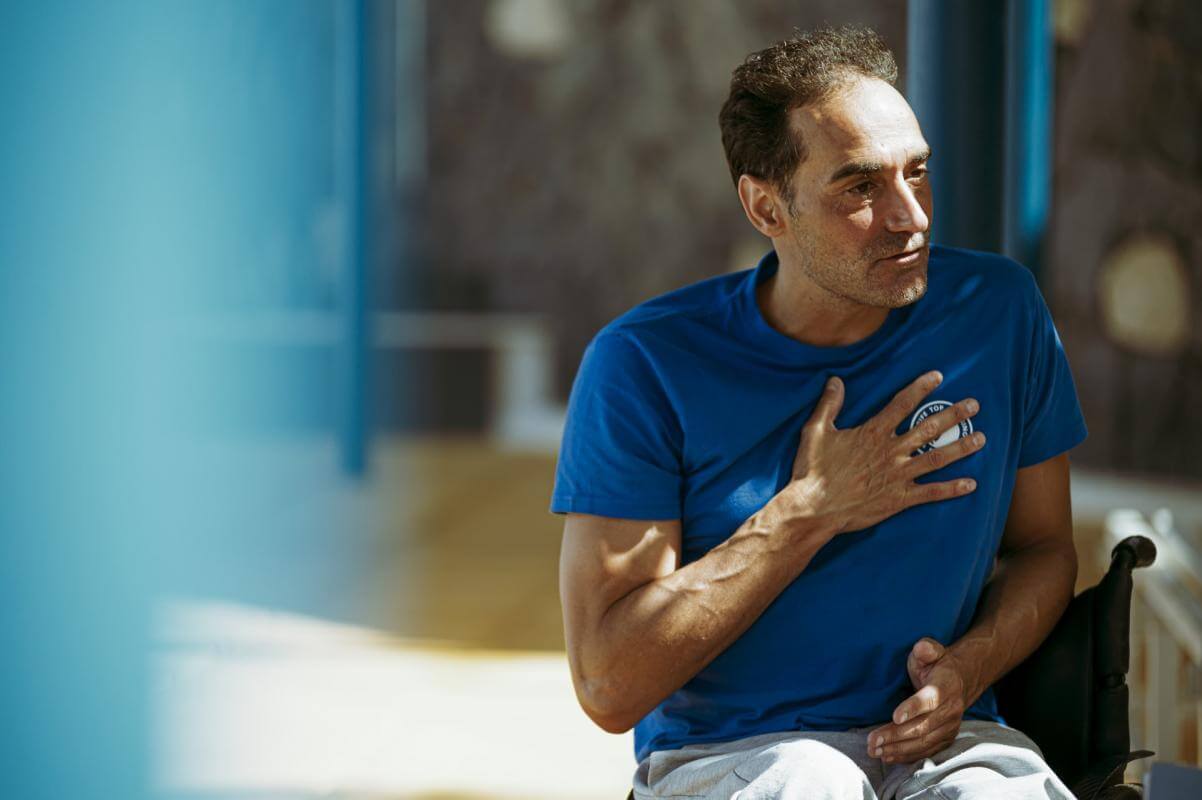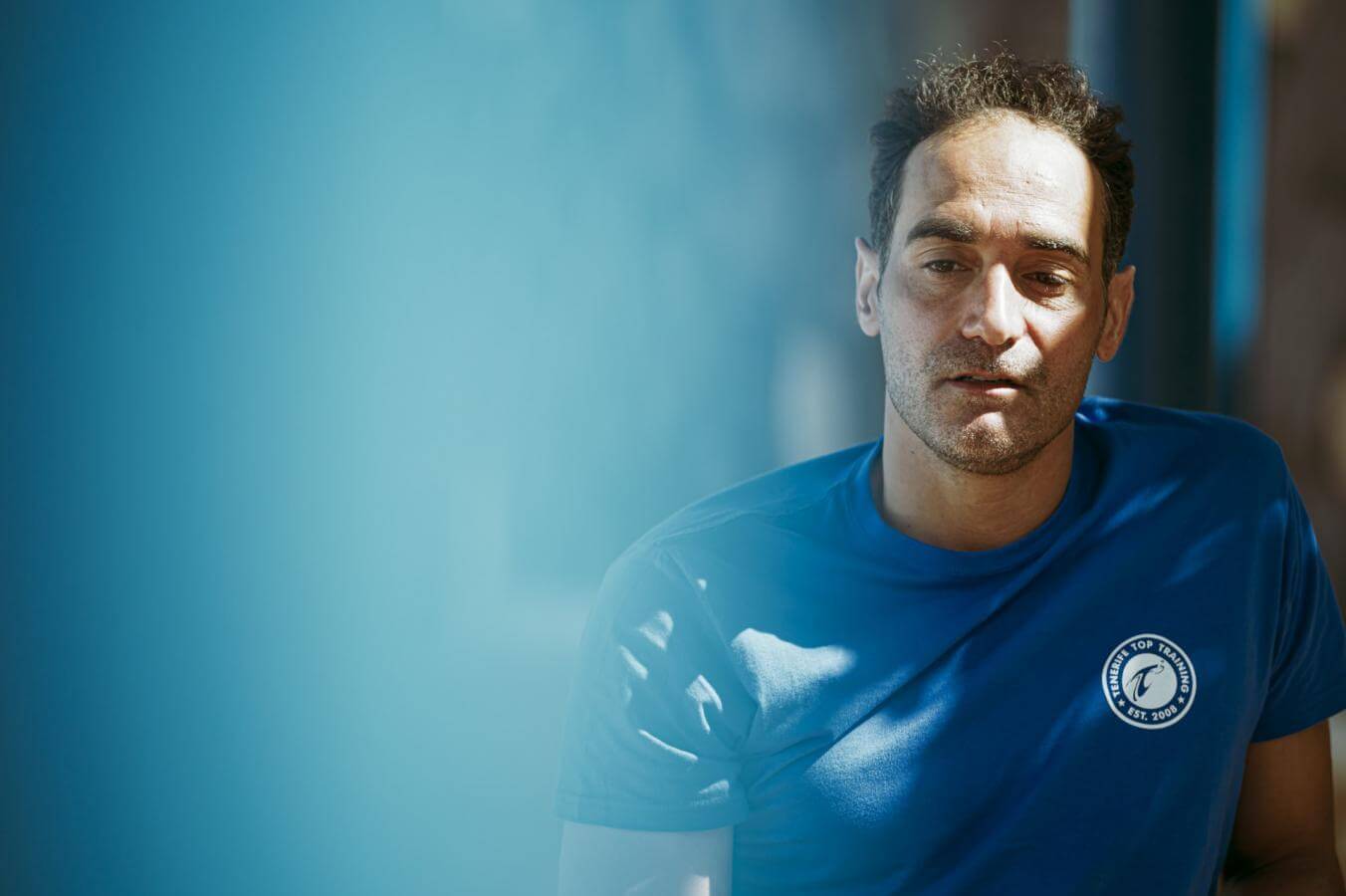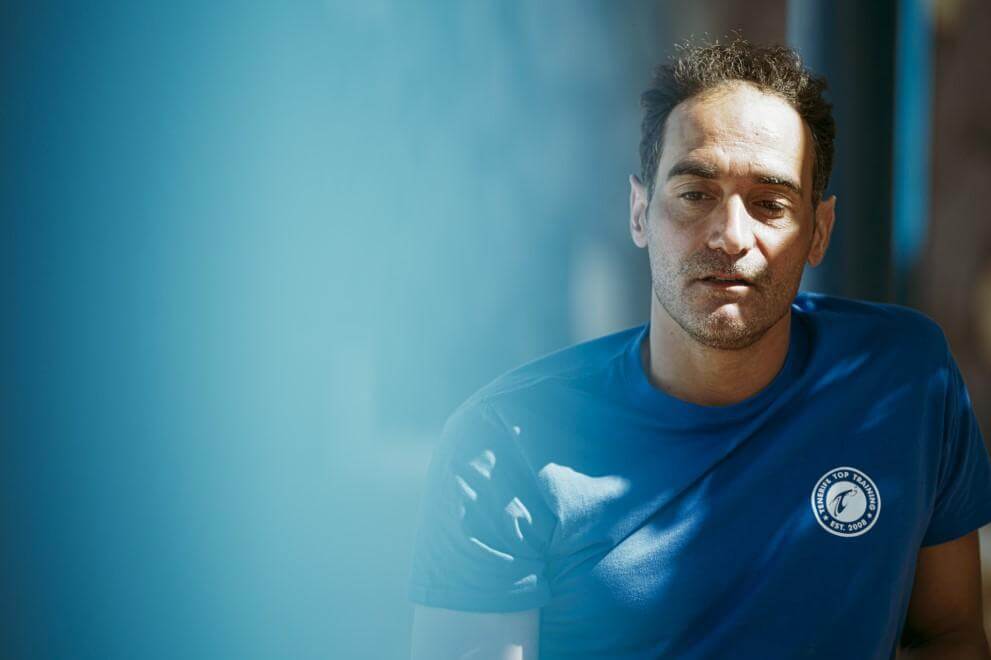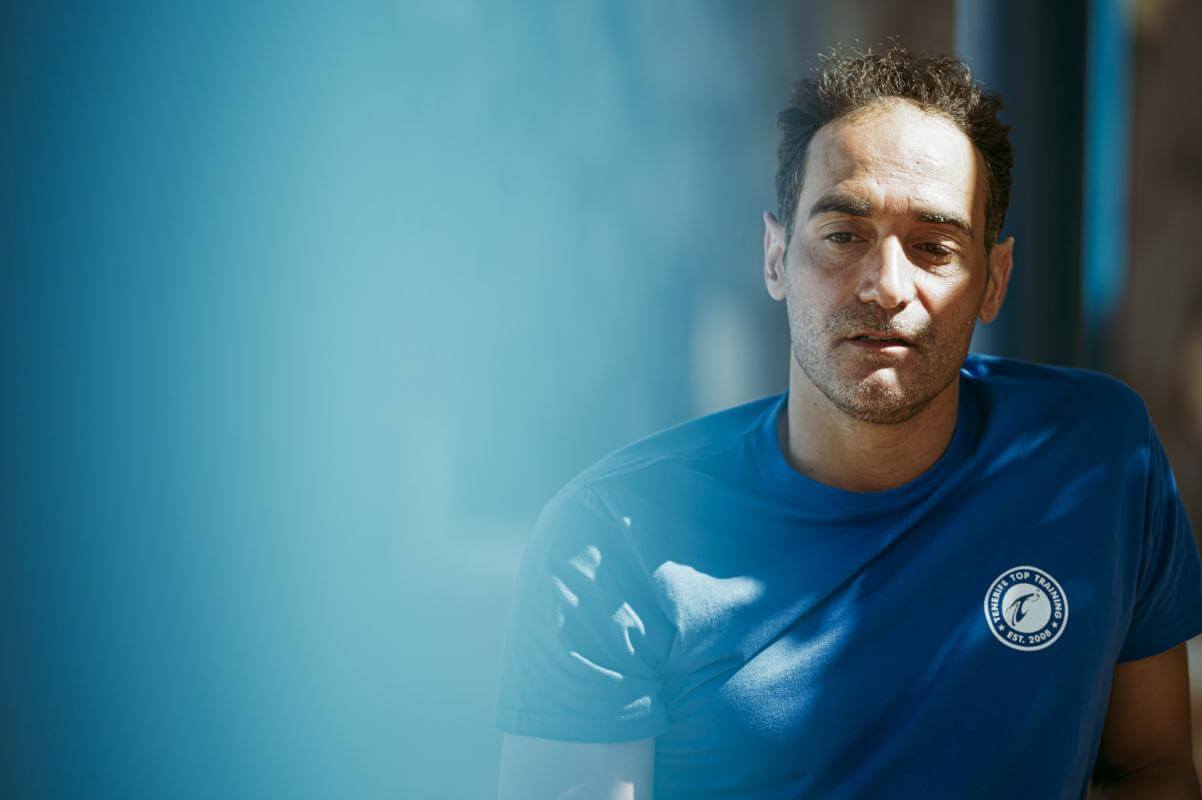Atthe Tokyo Olympic Games, Paralympic swimmer Miguel Luque had the honour of being the first to secure a medal for Spain, winning silver in the 50m breaststroke (SB3 class) after completing his training stageat the high-performance centre Tenerife Top Training. The Catalan swimmer, who ascended the podium during his sixth Paralympics having made his debut at Sydney 2000, has accumulated seven medals: two golds, three silvers and two bronzes.
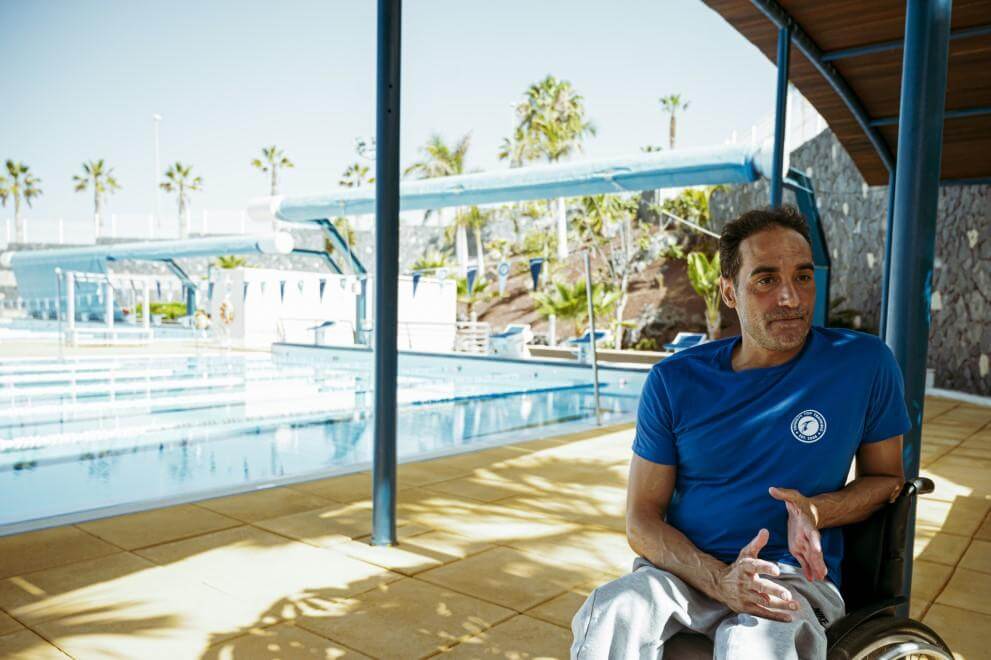
For people who don’t know you, could you tell us who Miguel Luque is, and what sporting disciplines you practise?
I am 44 years old and I’m from Barcelona. I was born with a disability called congenital arthrogryposis which gave me a sensory level 10 spinal cord lesion. For years I have been swimming as a therapeutic tool, because it helps with my disability and improves my quality of life. Thanks to swimming, I can get on with my day-to-day life much better.
I consider myself to be a very tenacious person, who has fought to achieve things whenever I wanted them. I take great care of my health, I’m active…. and I devote myself fully to sport, because of all the benefits it brings me.
I started swimming at a very young age, and after seeing the Paralympic Games of Barcelona’92 I became a professional.
The first time I took part in a Paralympic Games was at Sydney 2000, and I have been to six now. After Sydney came Athens, Beijing, London, Brazil and Tokyo, and I have been up on the podium in every Games. I won gold in Sydney and Athens, bronze in Beijing, silver in London and Brazil, when I missed out on the gold medal by just a few tenths of a second, and in Tokyo I won silver.
I have also taken part in numerous championships in Catalonia and different regions of Spain, and around Europe and the whole world.
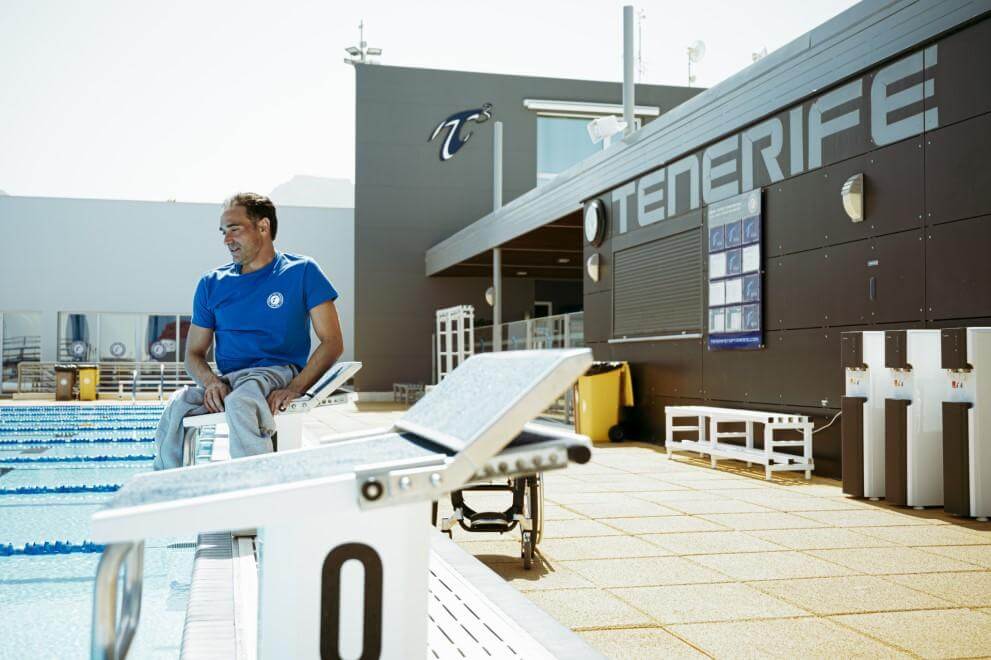
After a few months off due to the pandemic during 2020, you resumed your training for Tokyo somewhat later than you would have liked.What kind of condition did you find yourself in, to face up to your sixth Olympics?
It was difficult. After the hiatus we suffered as sportspeople, due to the Covid pandemic, and all of the restrictions that came with it, with limited capacity in gyms and timetables, we all noticed that our performance had been impaired.
But I gradually felt better during the training sessions, as the restrictions were eased and I was able to train normally.
I felt better both physically and psychologically (a very important factor for dealing with the pressure of participating in a Paralympic Games). I increasingly look forward to, and feel enthusiastic about doing what I like.
What is a training day in the life of Miguel Luque like?
I train from Monday to Saturday and I do 10 water sessions, four weight training sessions and I have two or three physiotherapy sessions a week. I start at 9 in the morning and finish at 11 (I start one hour earlier on days when I have weights), and in the afternoon I train from 5 pm to 7 pm.
I have been coming to the Canary Islands to train for years. I choose the destination because of the climate and its adapted and competitive installations for training.

Part of your training for the Tokyo games took place in the high-performance centre Tenerife Top Training. Was it your first time training on Tenerife? And if so, why did you choose it as a training destination?
No, I have been coming to the Canary Islands to train for years. I have been to all the islands except La Palma and El Hierro, and I choose the destination because of the climate and its adapted and competitive installations for training.
What image did you have of the Canary Islands before coming here for the first time? How did that change after training here?
Honestly, I always had a good impression of the Canary Islands, and I was able to corroborate that from the very first day I started training here.
Every time I come here, I am really happy to do so. The food is great, the people are very friendly, the climate is good… The archipelago is every bit as good as any other destination.
And it also has everything you need to train for almost any sporting discipline. It’s incredible how the climate, and the training locations, vary in under 100 kilometres!
And added to that, when I come here I can communicate in the same language, and it is so close to the Spanish Peninsula… it has it all. Canarians, moreover, have a special quality that infects those who come here and meet them. Everyone who visits the islands wants to come back again.
How long do you spend in the Canary Islands when you come to train, and what kind of accommodation do you usually choose when you are here?
When I come, I stay for periods of one week or 10 days, and I usually stay close to the training centre. The last time I stayed in the south of Tenerife, to be near Tenerife Top Training.

How was your experience training at T3? What would you say are the characteristics of this centre that make it interesting for elite sports people?
My experience training here is always unbeatable. I choose T3 for many reasons, but if I had to choose just one, it’s because I consider it to be one of the most complete facilities in the world. Within a few metres of one another you have a 25-metre pool, a 50-metre pool and a swimming flume. Where else in the world can you find that?
The flume records you as you swim against the current, and it does so in three dimensions. In this way, you can gain a more precise vision of how you swim and improve your technique, paying attention to the hand and head movements, etc.
It also has high-level installations, tennis courts, gym rooms, etc., which are truly complete. I believe it has all the necessary features for any sportsperson wishing to train here, be they amateurs or professionals.
Have you noticed any improvement in your performance since training in the Canary Islands?
I always try to come once or twice a year in seasons when I need to be aerobically fit, because if I have to get into shape in a specific way, I do it close to home.
My performance has improved since I have been using the T3 swimming flume, because among other factors, I could see how my arm stroke barely swept the water with my hands, holding me back by tenths of a second. As a result, I was able to correct that, improving my times.



